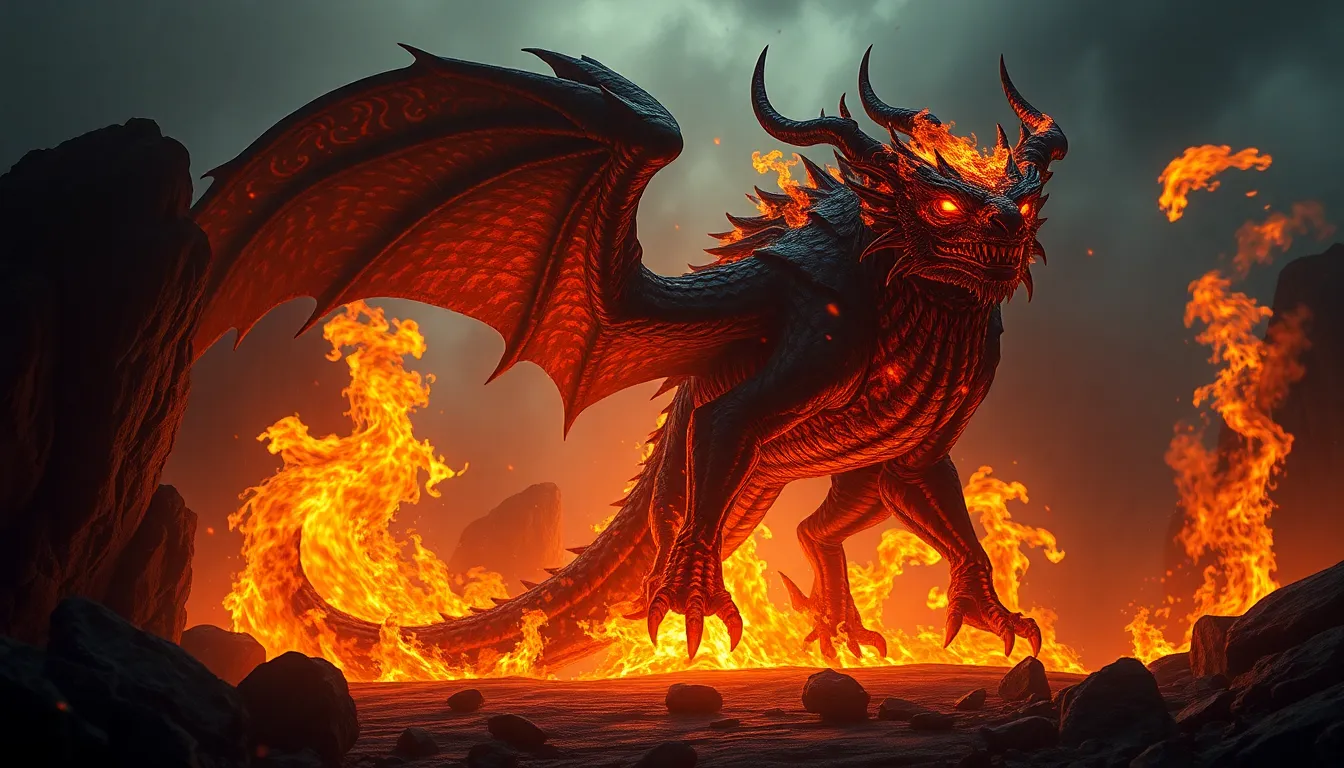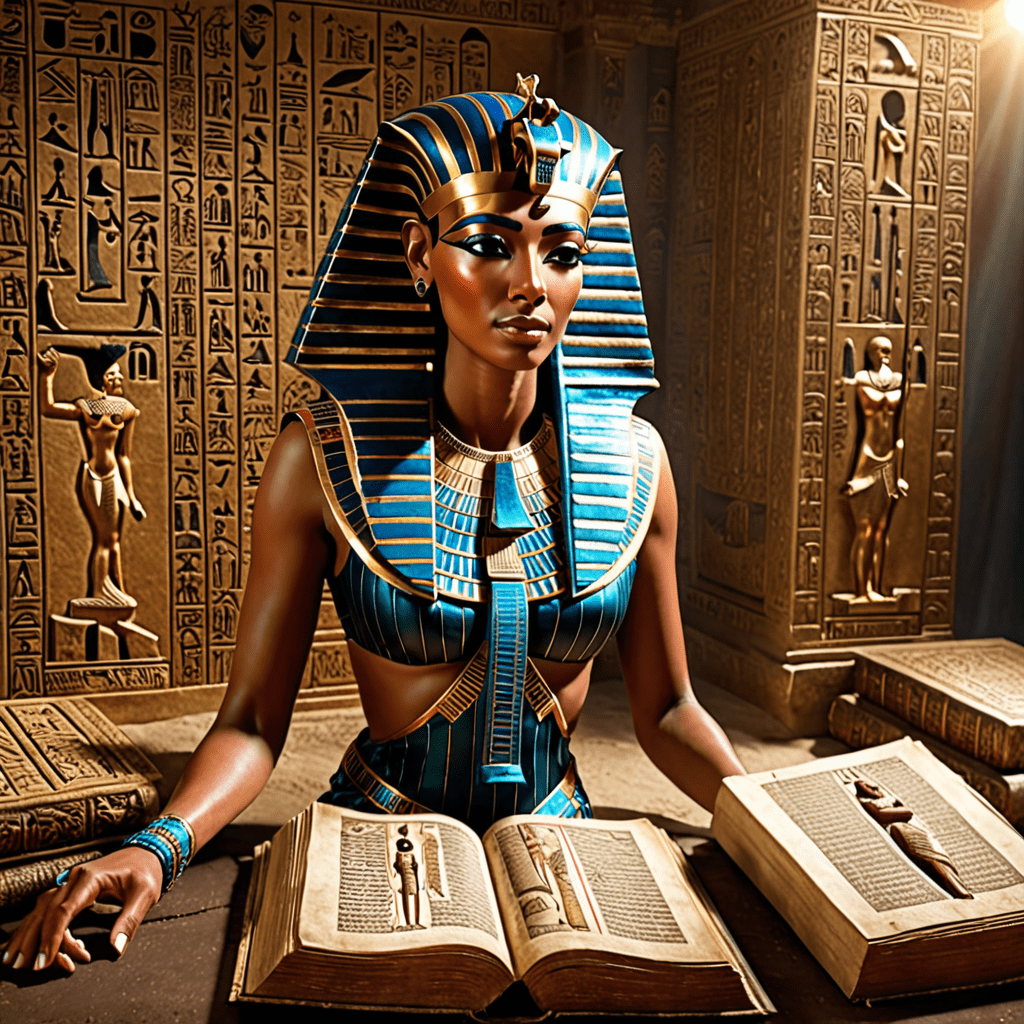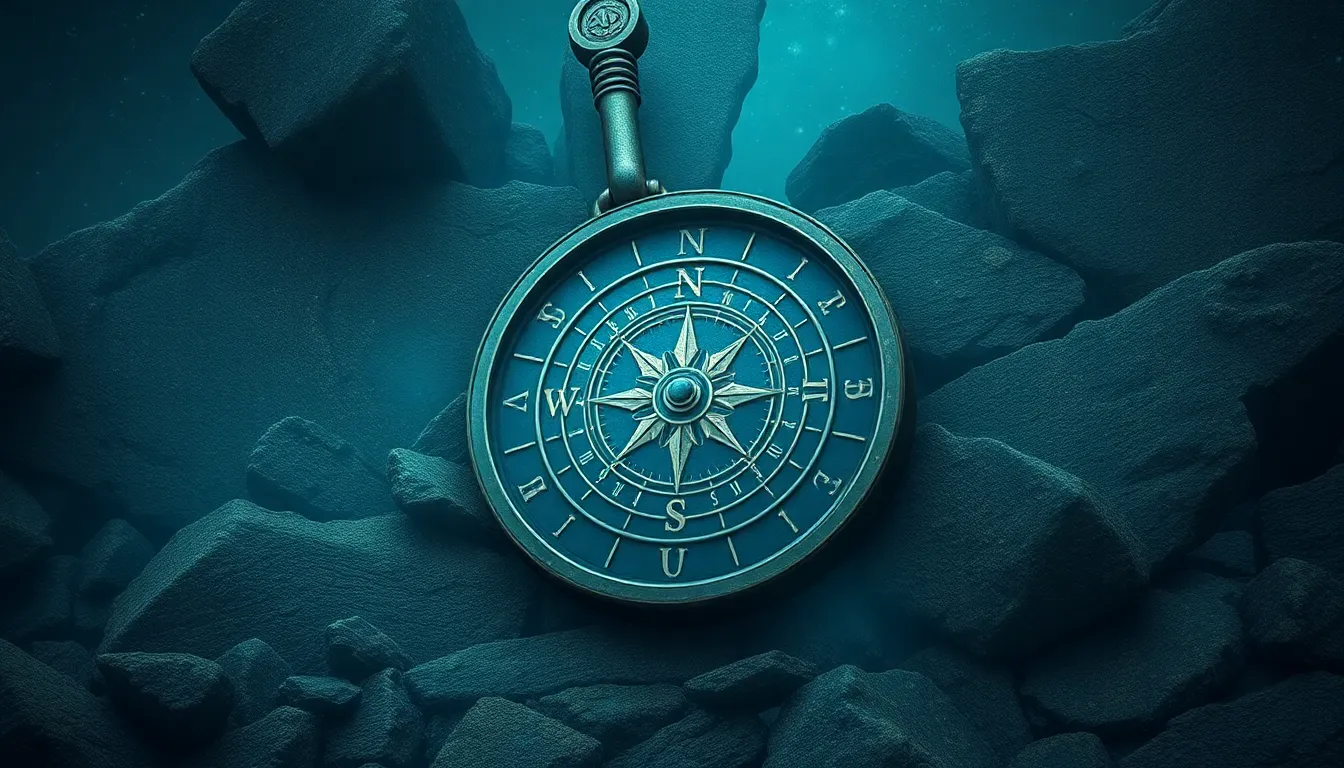The Myth of the Chimaera: A Creature Born of Fire and Legend
I. Introduction
The Chimaera, a formidable creature from Greek mythology, is often depicted as a fearsome hybrid that embodies the essence of chaos and destruction. Traditionally, it is described as having the body of a lion, the head of a goat protruding from its back, and a serpent’s tail, creating a vivid image of a creature born from the depths of imagination and myth.
Across various ancient cultures, the Chimaera has held significant importance, symbolizing the struggle between order and chaos, as well as the human confrontation with the monstrous. This article aims to explore the origins, symbolism, and legacy of the Chimaera, delving into its historical context, physical description, and its enduring influence on modern culture.
II. Historical Context of the Chimaera
The origins of the Chimaera can be traced back to ancient Greek mythology, where it is primarily characterized as a monstrous offspring of Typhon and Echidna. This lineage places the Chimaera among a host of other mythical beings that represent the chaotic forces of nature.
In ancient texts, such as those written by Hesiod and Homer, the Chimaera is depicted as a fearsome adversary, often encountered by heroes on their quests. These narratives not only highlight the creature’s monstrous nature but also reflect the cultural significance of hybrid beings in the ancient Greek worldview, where they symbolized the unpredictable aspects of existence.
III. Physical Description of the Chimaera
The Chimaera’s anatomy is a fascinating blend of three distinct animals:
- Lion: The lion represents strength and ferocity, embodying the beast’s dominant physical presence.
- Goat: The goat, often associated with capriciousness and wildness, adds to the creature’s unpredictability.
- Serpent: The serpent symbolizes cunning and treachery, rounding out the Chimaera’s menacing characteristics.
Throughout history, artistic representations of the Chimaera have varied, from ancient pottery to Renaissance paintings, each capturing the creature’s hybrid nature and fearsome visage. These artworks serve as a testament to the Chimaera’s lasting impact on the artistic imagination.
IV. The Chimaera’s Role in Mythological Narratives
In many mythological narratives, the Chimaera is portrayed as a formidable foe for heroes such as Bellerophon, who rides the winged horse Pegasus. The battle between Bellerophon and the Chimaera stands as a classic example of the hero’s journey, where the confrontation with the monster serves as a rite of passage.
The themes of heroism and monstrosity are prevalent in these stories. As Bellerophon faces the Chimaera, he embodies the struggle between civilization and chaos, ultimately leading to the creature’s demise. The implications of this victory reflect the broader human experience of grappling with fears and challenges.
V. Symbolism and Interpretation
Symbolically, the Chimaera represents chaos and hybridization, serving as a reminder of the complexities of existence. Its very nature challenges the boundaries of what is considered normal or acceptable, making it a powerful metaphor in various interpretations.
In psychological and literary contexts, the Chimaera can be viewed as a representation of the subconscious mind, where conflicting desires and fears coexist. Furthermore, in modern culture, the Chimaera has found its place in movies, literature, and art, often representing the struggle with identity and the quest for understanding in a fragmented world.
VI. The Chimaera in Comparative Mythology
Across different cultures, similar creatures to the Chimaera can be found, such as:
- Dragons: Often depicted as powerful, serpentine beings that embody chaos and destruction.
- Griffins: A hybrid of an eagle and a lion, symbolizing strength and vigilance.
This cross-cultural analysis of hybrid creatures reveals universal themes of chaos, power, and the human experience. The Chimaera, in particular, serves as a focal point for understanding how different societies interpret the complexities of life and the nature of existence.
VII. The Chimaera in Modern Science and Biology
In contemporary science, the concept of chimerism has taken on a biological dimension, referring to organisms that contain cells from different zygotes. This phenomenon raises intriguing questions about identity and the nature of being. Scientific explorations related to hybrid organisms often draw parallels to the mythological Chimaera, highlighting the intersections between myth and biology.
The study of chimeras in genetics not only deepens our understanding of biological diversity but also challenges our perceptions of what it means to be a single, unified entity.
VIII. The Legacy of the Chimaera
The impact of the Chimaera on contemporary storytelling and popular culture is profound. Its legacy can be seen in various forms of media, from movies to novels, where hybrid creatures often symbolize the complexities of modern identity. The Chimaera’s presence in modern art and design further illustrates its continued relevance as a source of inspiration.
Furthermore, the lessons learned from the Chimaera myth resonate in today’s world, challenging us to confront our fears and embrace the multifaceted nature of existence.
IX. Conclusion
In summary, the Chimaera stands as a powerful symbol in both myth and culture, representing the struggle between chaos and order, as well as the complexities of identity. Its enduring fascination with hybrid creatures speaks to our innate desire to understand the unknown.
As we navigate an increasingly complex world, the Chimaera serves as a reminder of the challenges we face and the potential for growth and transformation that lies within the chaos.




